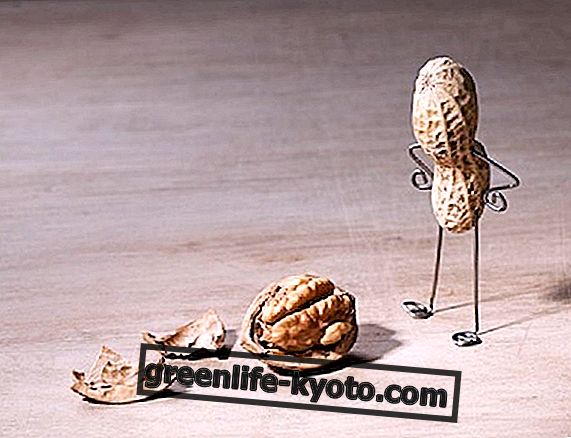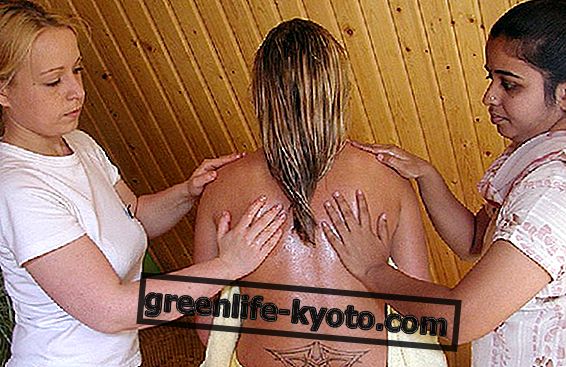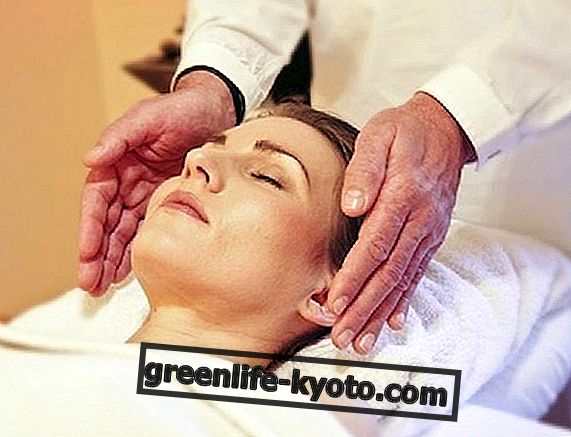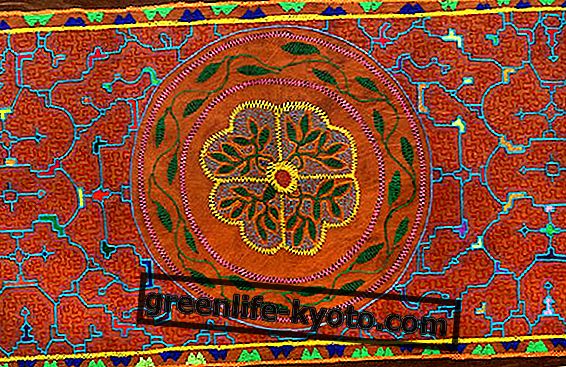
The Steiner school was born from the ideas of Rudolf Steiner starting from 1919. This philosopher and educator created and spread a new vision of the man called anthroposophy .
From here anthroposophical medicine, the bases of biodynamic agriculture and waldorf pedagogy have taken root . In fact, Steiner schools are also known as Waldorf schools.
The principles of the Steiner school see the growth and development of the child at the center of educational attention without imposing any external interference or influence . According to evolutionary anthropology it is the child who must choose whether to follow his own inclinations without any imposition by adults, whether they are parents or educators.
The first principle of the Steiner school is to recognize in the child the composition of different parts of equal dignity:
> the body part;
> the part of the spirit ;
> the most inner part of the soul .
Therefore, the child will have to develop all his parts to cultivate and manifest his specific potential .
Children in the Steiner school can develop in a harmonious way the practical and craft skills linked to the creation of their own autonomy with the expression of their own will.
Of equal weight there will also be artistic and creative activities to express the emotional-sentimental part and finally cognitive and intellectual activities to develop the mind and thought. According to Steiner, in fact, man as well as the child is composed of a physical part with the senses, an inner part with feelings and a superior part of ideals.
In the methodology in Steiner schools, the maximum attention is paid to the harmonious development of the cognitive and intellectual part as well as the creative and expressive part of the child . All the parts of the child's being, I want-I feel-I think, must be able to evolve and develop in a balanced way.
This is why in the waldorf schools there are many artistic activities including manual craftsmanship and any other approach that stimulates the development of creativity. These manual activities are one of the bases of the Steiner method because through them the child trains and develops his own ability to coordinate between the hand and the eye. Furthermore , creativity and artistic activities are able to bring out the expressiveness of the child and keep the brain active.
For younger children the Steiner methodology uses the tale of fairy tales and the creation of images to give new information to the child and this because the child learns thanks to his imagination and thanks to observation. Children emulate and imitate what they see around them and the images designed help explain more complex concepts and discover new things in the world.
Fantasy occupies a large space in the Steiner methodology precisely because of its educational value and to have the right key to interest the child with a figurative language more suitable and familiar to him. Fairy tales thus become an instrument of growth and perhaps also through identification with the characters, children discover new behaviors to keep or have ideas on how to solve their problems and overcome obstacles or difficulties.
Steiner school: phases of age and development
This pedagogical method is proposed to all children starting from small in the pre-kindergarten age up to 18 years . As we have said, the child is seen in its entirety and the course of the school is then subdivided into seven-year-olds precisely to follow the child's development phases.
In the child there are 3 particular attitudes that of the will, that of feeling and that of thinking. So the Steiner school is created to respond to the different demands of the growing child.
In the first phase the child develops the body, in the second the emotional sensitive part and in the third the reflective intellectual part.
In fact, in the asylum age group, children are more likely to play and do practical activities where muscle memory is the first learning base. Then the sensory and emotional part develops to then reach the phase of the mind and the discovery of thought and reflection. When these parts are developed in a balanced way, the child can thus become an adult capable of own initiative, confident of himself and ready to find his role in human society .
How a Steiner school works
The classic day in the Steiner school consists of a routine where there are repeated activities every day as arrival songs, mid-morning snack breaks, cleaning time before meals etc ... these moments become like rituals and certainties that the child follows also learning to mark the sequence of the day. Instead during the week every day is used for a specific activity that is repeated every week on that day.
This is also a way to experience the time it spends, thus giving the child a sense of security in being able to know in advance what will happen next.
This occurs above all in the first 7 years and in addition the day is divided into moments of concentration and moments of free activity. This rhythm allows the child to follow a natural flow as happens for every human activity as in the breath between inhalation and exhalation, between sleep and waking. So also at the Steiner school the child proceeds his day between activities that require more attention and concentration and more open and free activities.
In moments of free activity it is often associated with outdoor play, thus giving a new environment to learn about the world: nature. In fact, green and nature are another key point of Steiner 's method and therefore in waldorlf schools children are often walking in the woods and playing games or doing outdoor activities in parks or green areas. They learn a lot about the world from nature and are encouraged to ask questions and learn about the secrets of the plant world and their surroundings .
Food in Waldorf schools is almost always cured and researched of biological or biodynamic origin because in this aspect Steiner's philosophy saw that it was extremely important for the body to have the right energy from healthy and natural food .
Where Waldorf schools are in Italy
The first schools that followed Steiner's pedagogical method were founded after the Second World War in Germany and then spread throughout the world. Currently more than 900 Steiner schools have been founded and over 1000 kindergartens all over the world.
In Italy there are 25 schools spread more in the northern regions, to which more than 35 kindergartens must be added in the rest of the country.
The Steiner schools officially recognized in Italy are 85 in all but there are many alternative schools in the area that I take from the basics of the Steiner method using precisely this ideology and educational philosophy of Steiner. Very often the waldorlf schools are private realities that maintain themselves with the economic contribution of the fees paid by the parents.
However, there are public realities and the trend of enrollments in the last few years has practically doubled, showing that the waldorf school is a valid answer to the request of parents and children to have an alternative school more suitable for children.
The Steiner schools in Italy are more subdivided for the kindergarten band and the presence of elementary schools is secondarily present on the territory.
While there are not many educational institutions in Italy from middle school to high school . Only in Milan is there an art school and an art institute that implement and follow the Steiner method.
Read also Montessori School: principles, how it works, where in Italy >>











